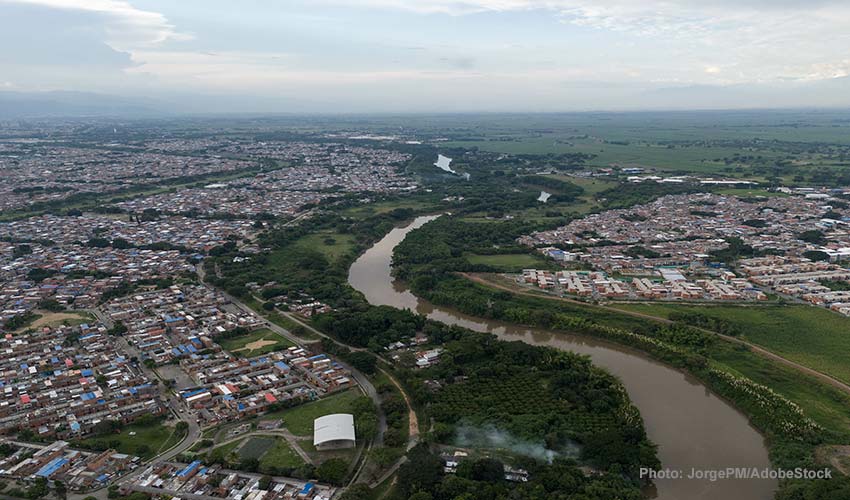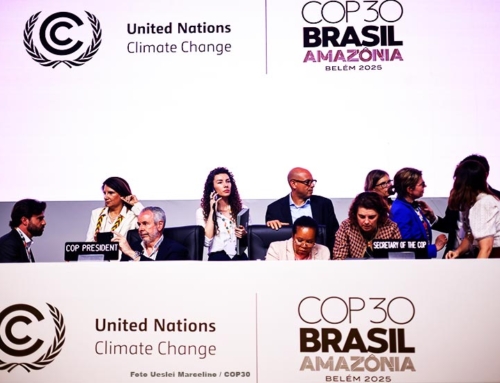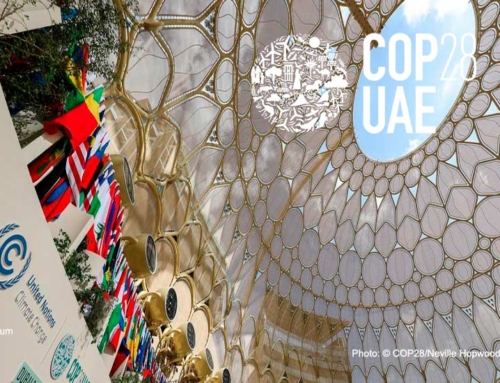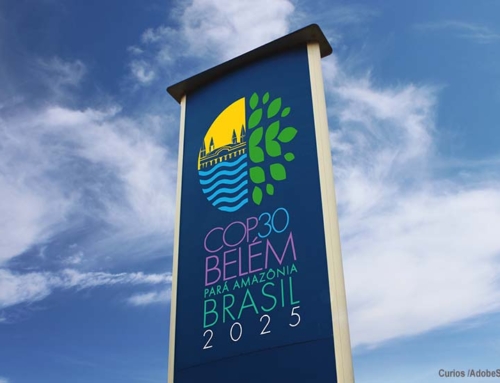General information about COP16
Duration: Oct 21 – Nov 01, 2024.
Location: Cali, Colombia.
President: Susana Muhammad González.
Motto: Peace with nature.
Objective: “Promote sustainable development through a vision that involves ecosystems and people.”
Based on: the UN Convention on Biological Diversity, an international treaty presented in 1992 with the aim of conserving biological diversity on the planet and promoting its sustainability.
General information on COPs UN BiodiversityConferences
Frequency: Biennial.
First COP venue: Nassau, Bahamas, 1994.
Participants: All states that are parties to the COP conferences (about 200 countries plus the European Union).
Objective: The COP, UN Biodiversity Conference is based on the international treaty made in 1992, with the aim of conserving biological diversity on the planet and promoting its sustainability, among others.
Has the objective been met?
More than 30 years later, it has not been fulfilled. There are many reports and examples that certify that the Convention on the Protection of Human Rights Biological Diversity, far from being fulfilled, has been violated and the extinction of species is in hyper-accelerated mode. This is certified by the WWF Living Planet Report 2024 “Nature is being lost, with enormous consequences for humanity. Biodiversity sustains human life and, consequently, our societies. However, all indicators of the state of nature on a global scale show a decline.” This document shows the seriousness of the situation through a graph with percentages by continents and regions. It is important to open the links to WWF and find out about the situation in just a couple of minutes.
May this COP16 be a good time to reach serious commitments to halt the accelerated decline of biological diversity.
Frequently asked questions about biodiversity
–What is biodiversity, and which is the most biodiverse country in the world?
The term biodiversity, or biological diversity, refers to the variety of living beings that inhabit the Earth. These are classified into five large groups called kingdoms. 1. The animal kingdom (animalia), 2. The plant kingdom (plantae), 3. The fungi kingdom (fungi), 4. The protoctista kingdom (protozoa and algae) and 5. The monera kingdom (bacteria).
The most biodiverse country in the world is Australia, with more than seven million km2, hosting between 660,000 and 700,000 species of flora and fauna.
–What are the megadiverse countries in Latin America?
In South America, the greatest biological diversity is found in the Amazon, shared by Brazil, Colombia, Venezuela, Ecuador and Peru, and in Central America, Mexico. (In our magazine “All about the Amazon rainforest, you can see maps, images and videos).
+ 8 frequently asked questions and video about biodiversity on SGK-PLANET.
The nine limits of the planet that we should not have crossed, although we have already crossed four
The biosphere is one of the nine boundaries of the planet. It is in this layer of the Earth where biodiversity or terrestrial, aquatic and aerial life develops. The biosphere is one of the boundaries that we have already crossed.
“Of the four boundaries that researchers say we have already exceeded, climate change and biosphere integrity are considered “core” planetary boundaries because either one, on its own, could change the course of Earth’s trajectory and endanger humanity.” Mongabay. Claire Asher. Mar. 2021
Considering this debacle, the effectiveness of biodiversity COPs should be examined. It is time for leaders and countries participating in COP16 to take these threats seriously and work to ensure that the crisis does not escalate further.
The case of the Amazon rainforest, the largest biodiversity hotspot in the Americas
The Amazon rainforest measures nearly seven million km2; it is 12 times the size of Spain; it has 80 thousand types of trees; 140 thousand species of plants; it hosts 20% of the world’s species; the Amazon is the longest and most voluminous river in the world, it has between 15 to 20% of the planet’s fresh water; the Amazon delta measures 240 km wide
The loss of biodiversity is the result of deforestation, mining, road and housing construction, and the extraction of exotic flora and fauna. We therefore recommend that you read our Magazine all about Amazon Rainforest, on SGK-Planet, with very complete information, accompanied by maps, images, videos, graphs, statistics, stories, etc.
Sandor Alejandro Gerendas-Kiss
SGK-PLANET Editor
For additional information, please visit the official COP16 website cop16colombia.com/es/en/







Leave A Comment